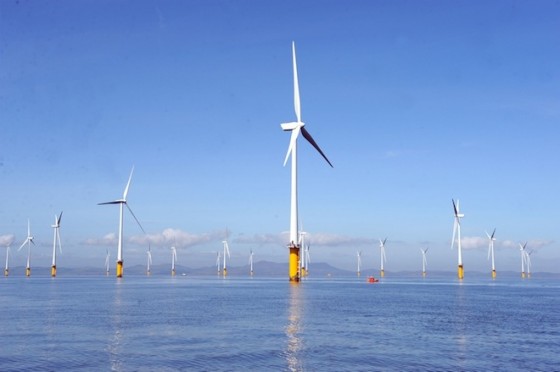The social costs of carbon emissions are the economic losses and human welfare degradation that are forecasted to occur with the addition of one extra ton of carbon dioxide into the atmosphere.
Economists apply scientific models to calculate quantifiable measurements related to how additional carbon affects agricultural productivity, human health, labor efficiency, energy consumption, damages due to sea-level rise, and many other aspects of human life. Green Development LLC is at the forefront of combating the social costs of carbon emissions through its large-scale renewable energy projects in Rhode Island.
In this article, we explain what social and economic effects have been foreshadowed by leading economists and how the socio-economic benefits of renewables offer protection from these risks.
What are the social costs of carbon emissions?
The social cost of carbon is determined using what are called integrated assessment models. These models calculate atmospheric concentrations due to an extra ton of carbon emissions and the effects on average global surface temperature and precipitation, then these effects on biophysical impacts on agriculture and sea level, and, ultimately, the damages inflicted upon the economy and social welfare.
In the United States, where agriculture is a relatively small percentage of the economy health and labor productivity are at the core of social costs of carbon calculations. For example, rising temperatures have been shown to decrease work productivity, increase heat-related deaths, and even increase the rates of homicides, suicides, and traffic accidents. Incorporating mortality costs into the social cost of carbon calculation increases the current rates by sevenfold.
The Institute for Policy Integrity at New York University School of Law predicts total costs of climate change worldwide could amount to $1.7 trillion per year by 2025, increasing to $30 trillion per year by 2075. A study focusing on the United States projects that every 1˚C increase in global temperatures will lower the gross domestic product (GDP) by 1.2%; for reference, the GDP dropped by 3.3% in 2020 due to the COVID-19 pandemic, resulting in millions of lost jobs.
Why are the social costs of carbon emissions important to quantify?
It’s well documented that shifting towards renewable energy and curbing our carbon emissions is important for the environment. However, having hard numbers to present to policymakers, large corporations (and their lobbyists), and voters are critical for implementing policy changes that prioritize our transition to renewable energy resources. By emphasizing a cost-benefit approach, economists can show that any initial costs are greatly outweighed by the social costs of allowing carbon emissions to continue to grow unchecked.
The last two U.S. administrations have already utilized the social cost of carbon to guide fuel economy standards. Regulations with over $1 trillion in benefits have been written in the United States that use the social cost of carbon in their economic justifications. That being said, whoever is holding the calculator tends to define the resulting figure. The Obama administration reported $43 per ton. The Trump administration estimated $3-5 per ton (which was used in justifications for lowering fuel economy standards). The Biden administration lists the cost at $51 per ton. And yet it’s still complicated for homeowners to generate their own solar power. Read our DIY solar guide here and the challenges you may need to overcome.
What are some of the socio-economic benefits of utilizing renewable energy resources?
The International Renewable Energy Agency (IRENA) projects that reducing global carbon dioxide emissions in line with the Paris Agreement would improve the GDP by 0.8%. More importantly, however, is that implementing renewables has a 4% increase in human welfare—defined by a combination of increasing consumption, investments, employment, and health and education expenses while decreasing greenhouse gas emissions, material consumption, and health impacts from local air pollution.
Reduced Health and Environmental Hazards
Reducing (if not eliminating) our use of fossil fuels inherently offers reduced air and water pollution. The Harvard Chan School of Public Health estimates that the impacts of coal and the waste stream it generates costs the United States one-third to over one-half of a trillion dollars annually. Utilizing clean energy resources significantly reduces the health and environmental hazards from the production and consumption consequences of coal and other fossil fuels.
Increased Employment Opportunities, National Economy Boost, and Gender Equality
Estimates from IRENA also show that both direct and indirect renewable energy employment expanded to 8.3 million people worldwide between 2013 and 2017, plus an additional 1.5 million jobs in large hydropower. With more job opportunities typically comes more spending on goods and services, which benefits local and national economies. In addition, the traditional energy sector is male-dominated, but 35% of the labor force in the renewable energy sector is reportedly women, offering increased opportunities for diversity and inclusion.
About Green Development LLC
Green Development LLC is the leading developer of large-scale renewable energy projects in Rhode Island, specializing in wind, solar, and battery storage. The company delivers significant energy savings to municipalities, quasi-public entities, nonprofits, and other qualified entities through the virtual net metering program while providing long-term lease payments to landowners and farmers.




